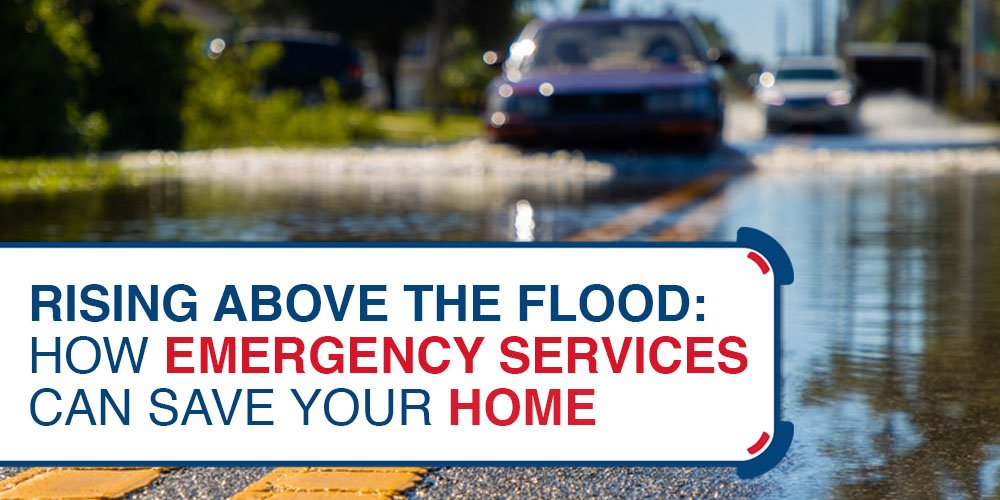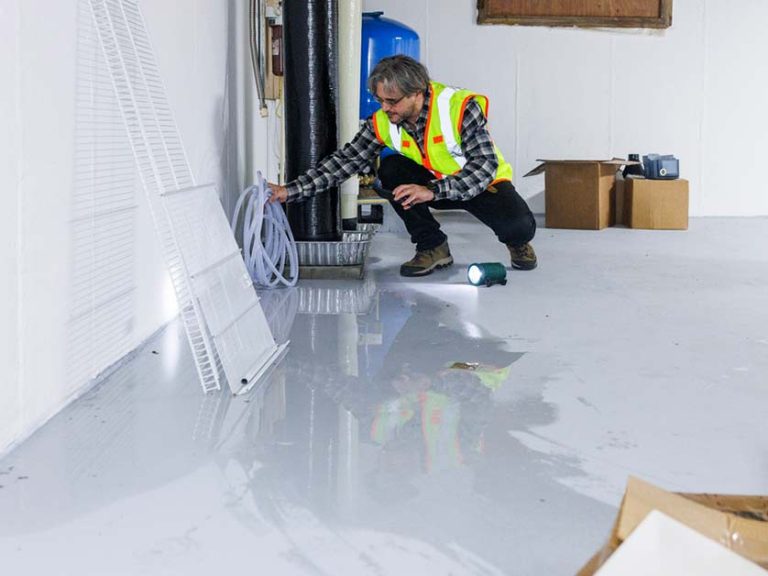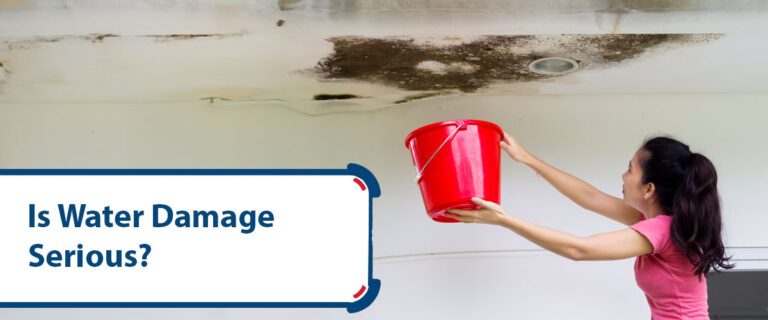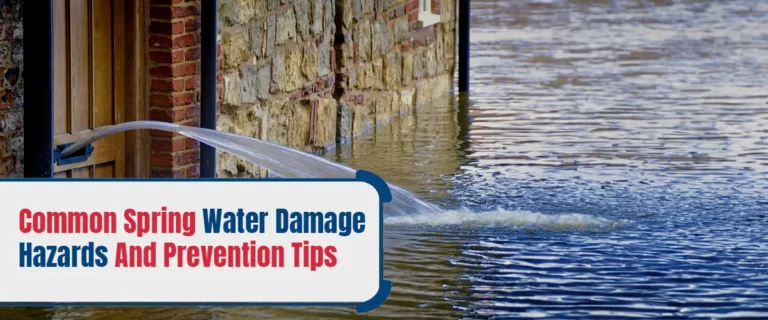How should you respond when floodwaters surge and your home is at risk? Knowing the immediate steps to take after flood damage occurs is essential for a homeowner to avoid underlying expenses. Emergency flood services and professional flood restoration can significantly mitigate the long-term impact and restore your home to its pre-flood condition.
Moreover, this article will help you understand the urgency of flood response and the crucial steps to take immediately after flood damage. Tumble upon what flood mitigation service pros would do in cases like this and save your money in the long run.
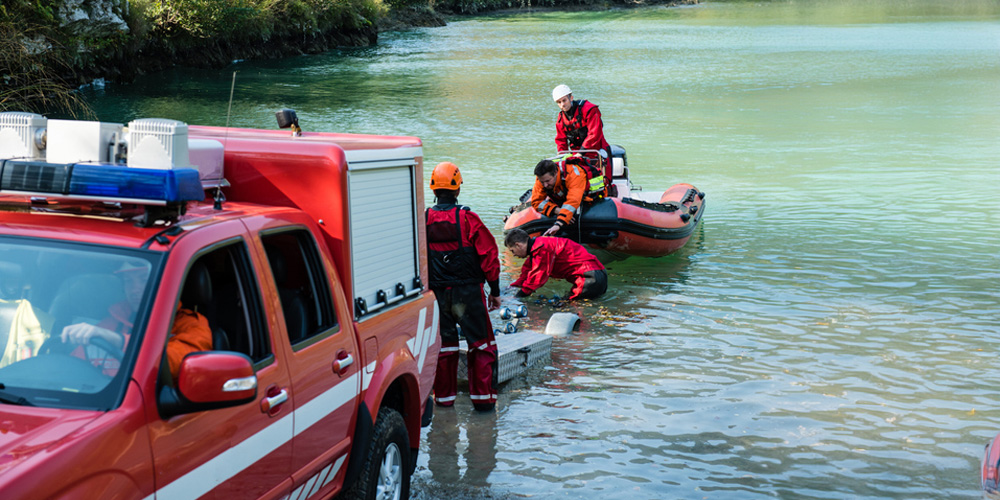
Understanding the Urgency of Flood Response
Responding swiftly and effectively to floods is of utmost importance to minimize damage and protect the welfare of affected individuals. We must consider several key actions to grasp the urgency of flood response.
Here are some key strategies for responding to floods:
- Assessment and evaluation: Quickly assess the flood’s impact, checking out the damage and potential risks to people and infrastructure.
- Early warning and evacuation plans: Install flood sensors, establish evacuation routes, and set up shelters to ensure timely alerts and safe evacuations.
- Immediate relief and support: Send out rapid response teams to deliver food, water, medical aid, and temporary housing to those in need.
- Coordinated efforts: Join government agencies, NGOs, and communities to distribute resources effectively and manage responses efficiently.
By actively engaging in these actions, communities and authorities can better understand and address the urgency of flood response, ensuring the well-being and safety of all individuals affected by floods.
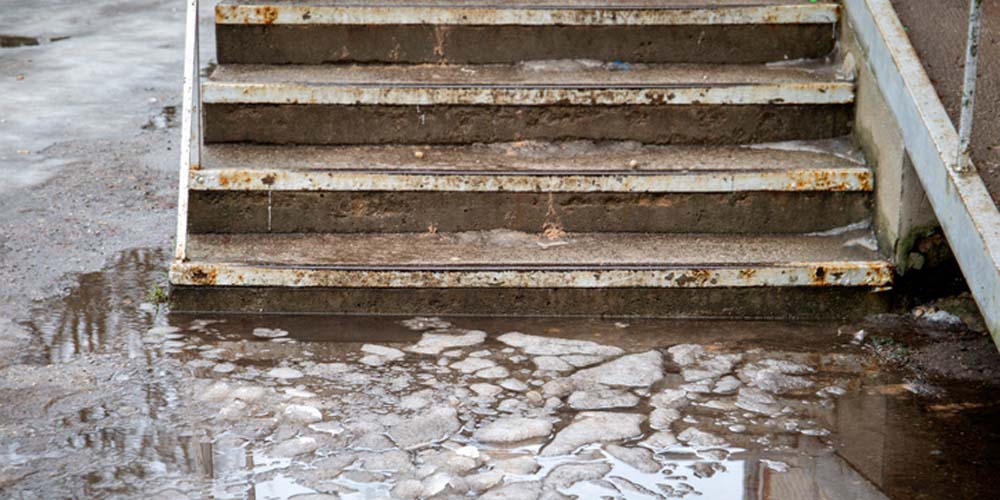
Steps to Take Immediately After Flood Damage
When faced with flood damage, it is crucial to take immediate action to minimize the impact and facilitate recovery. The following steps outline the necessary actions:
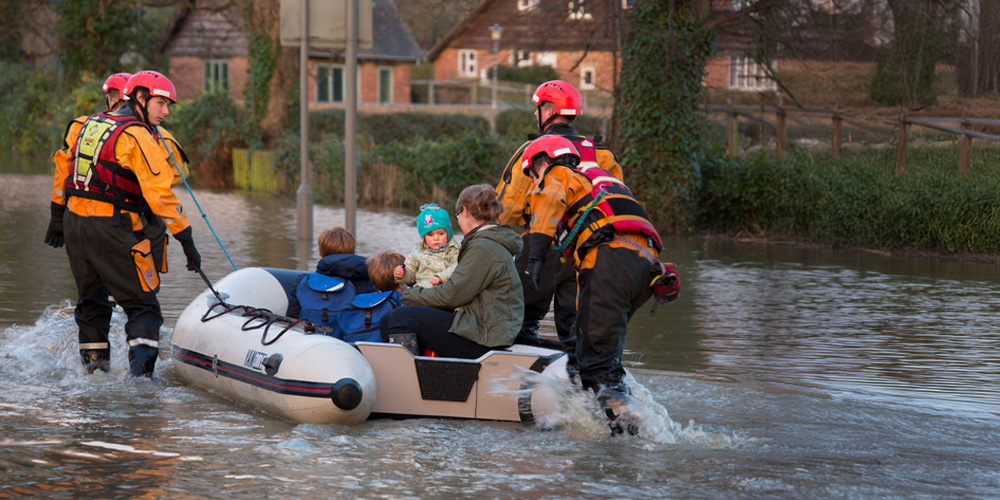
A. Ensure personal safety:
- First and foremost, prioritize personal safety by ensuring the floodwater has receded and the area is stable before entering.
- Wear protective clothing, gloves, and boots to guard against potential hazards.
- Avoid contact with electrical equipment and power lines to prevent the risk of electrocution.
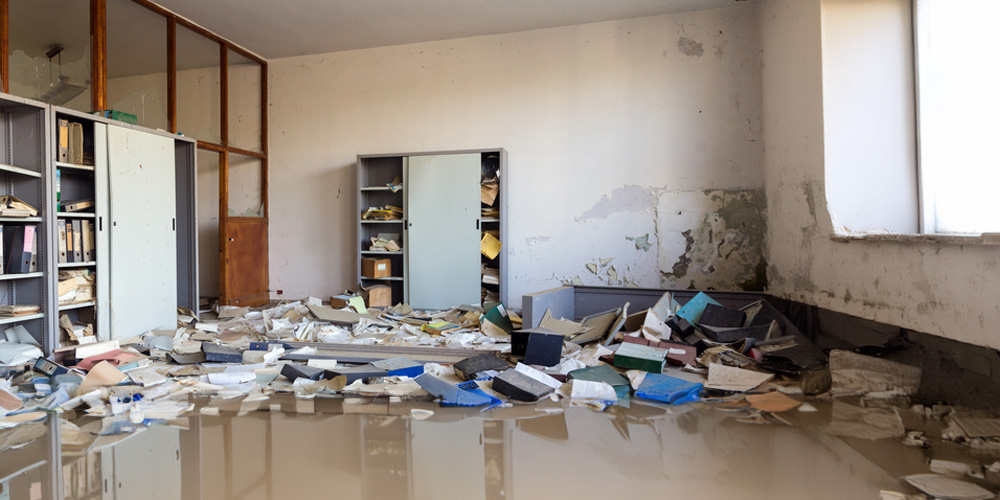
B. Document the damage:
- Begin by thoroughly documenting the flood damage. Take photographs or videos of impacted areas and damaged possessions for insurance claims.
- To help with compensation, thoroughly inventory any damaged things, including an estimate of their value.
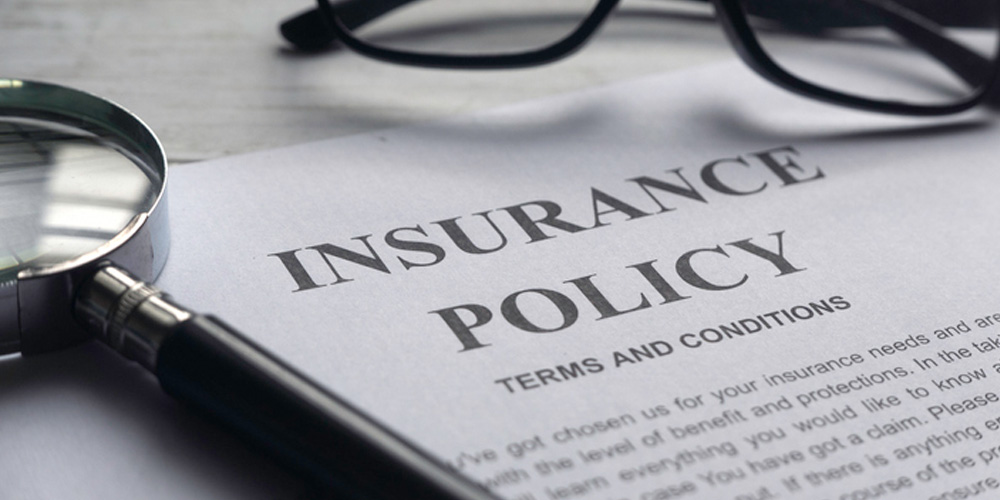
C. Contact your insurance company:
- Inform your insurance provider of the flood damage as soon as you can.
- Please provide them with the necessary documentation and follow their instructions when filing a claim.
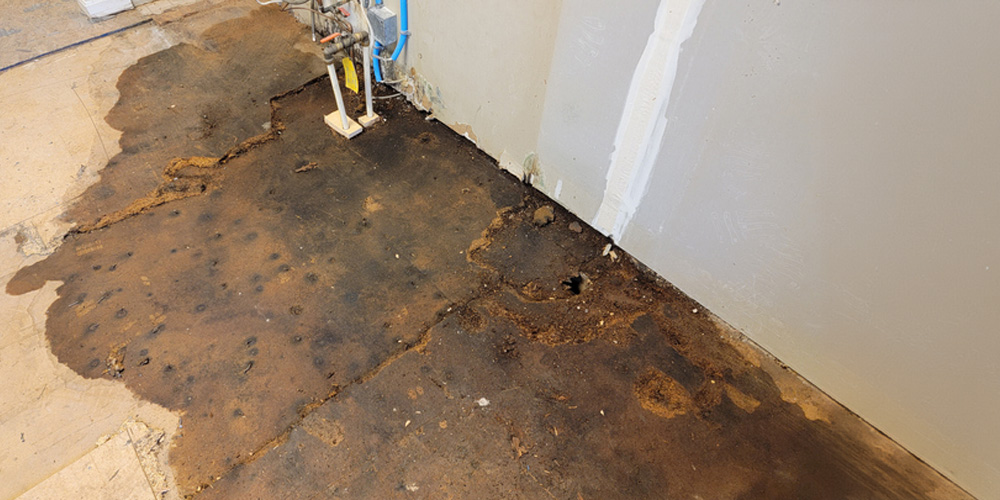
D. Mitigate further damage:
- Take prompt action to shield your property from further harm. It may include removing wet carpeting, drying out affected areas, and salvaging valuable items.
- Utilize fans, dehumidifiers, or professional drying services to expedite drying and prevent mold growth.
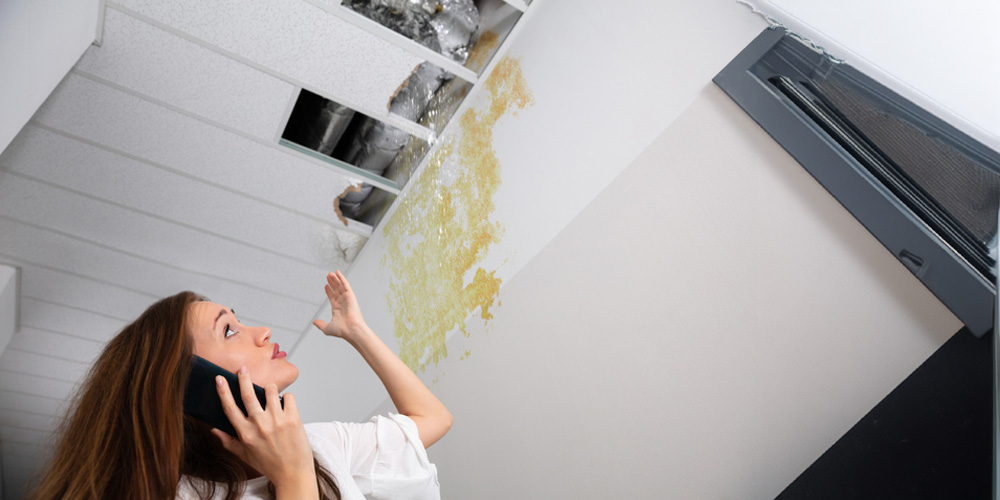
E. Seek professional assistance:
- Engage in the services of reputable professionals, such as water damage restoration companies, to help with the cleanup and restoration process.
- Their expertise will ensure proper cleaning, disinfection, and restoration of your property.
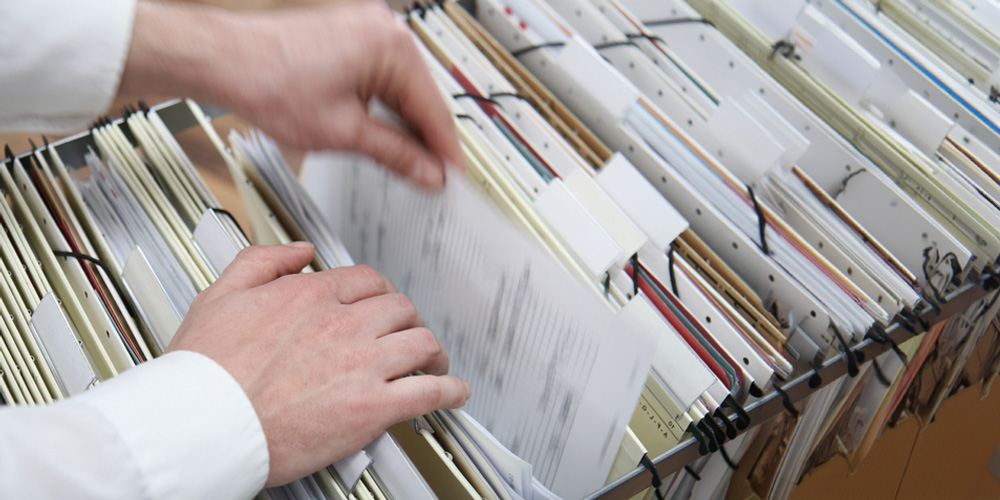
F. Keep meticulous records:
- Maintain all records and receipts for flood damage, repairs, and expenses incurred during recovery.
- These will be valuable when filing insurance claims and seeking financial assistance or tax deductions.
By promptly following these steps after flood damage, individuals can effectively mitigate further harm, expedite recovery, and ensure a smoother transition back to normalcy.
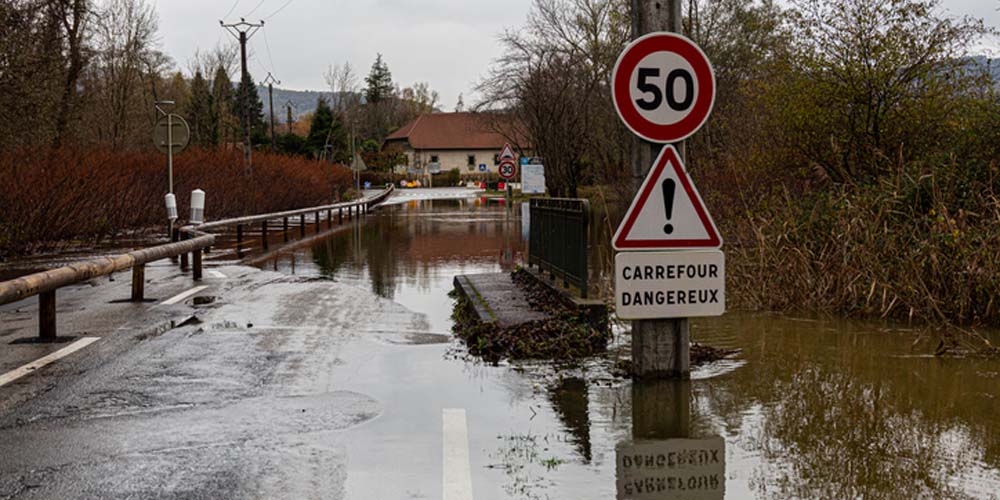
How Can Emergency Flood Services Serve You in the Long Run?
Emergency flood services are vital for reducing the long-term effects of floods on people and communities. They cover various actions that help manage the immediate consequences of a flood and lessen its ongoing impact.
Here’s how pros make a difference over time:
- Rapid water extraction: Professionals quickly remove standing water to halt further damage.
- Moisture mapping: They use advanced tools to find hidden moisture and effectively direct drying efforts.
- Sanitization and mold prevention: Since floodwater often contains contaminants, emergency teams disinfect affected areas and take steps to prevent mold, protecting your health.
- Asset salvage and restoration: Experts evaluate which items can be saved and work to restore them, often rescuing belongings you might have thought were lost.
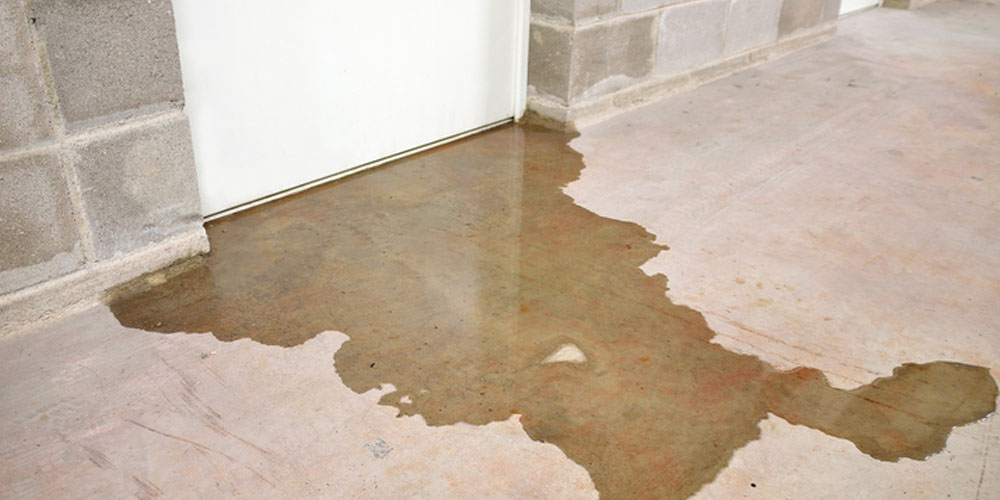
Innovations in Post-Flood Restoration Techniques
Emerging techniques in flood recovery are revolutionizing the restoration landscape, offering quicker and more effective ways to address post-flood damage. Modern tools and methods have significantly improved the efficiency of restoration efforts.
Key to these advancements are the following:
- Moisture detection tools: These devices locate hidden moisture pockets to ensure complete drying.
- High-efficiency dehumidifiers: They lessen energy consumption and faster moisture removal.
- Advanced mold remediation solutions: Target mold at its source, preventing future growth and ensuring a healthier environment.
- Mobile desalination units: These units treat floodwater on-site, making them invaluable in areas affected by saltwater flooding.
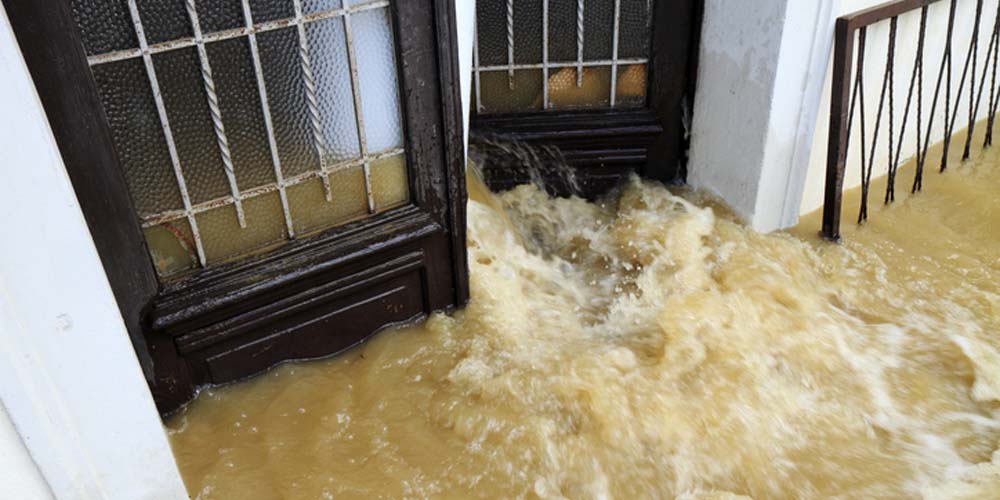
Afloat Amidst Chaos
In conclusion, homeowners must be prepared for the unexpected and understand the urgency of flood response. By taking prompt action after flood damage and contacting emergency flood response and qualified flood restoration specialists, you can minimize the long-term impacts of flooding and restore your home to its pre-flood state.
Furthermore, time is of the essence in the face of a flood. Act swiftly to protect your property and loved ones. Remember, when the waters rise, so should your resolve. Don’t hesitate; prioritize the safety and swift restoration of your home. Rising above the flood begins with a call to action—ensure you’re ready to call professional flood restoration in Kansas.
References
- Flood preparedness and response. (n.d.). Retrieved from https://www.osha.gov/flood
- Flood restoration – Professional guidance – PCA. (n.d.). Retrieved from https://www.property-care.org/professionals/guidance/flood-restoration


